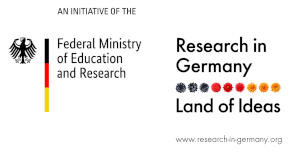Research Interest
- Adaptive polymer structures
- Generation and characterization of polymer coatings
- polymer micro-actuators
- bioinspired materials development
- generation of micro- and nanostructures
- photolithography
- hydrogels
- functionalization of interfaces
- sustainable polymers
- 3 and 4D printing
Publications
- Prucker, O., Brandstetter, T., & Rühe, J. (2018). Surface-attached hydrogel coatings via C, H-insertion crosslinking for biomedical and bioanalytical applications. Biointerphases, 13(1), 010801.
- Poppinga, S., Zollfrank, C., Prucker, O., Rühe, J., Menges, A., Cheng, T., & Speck, T. (2018). Toward a new generation of smart biomimetic actuators for architecture. Advanced Materials, 30(19), 1703653.
- Schwärzle, D., Hou, X., Prucker, O., & Rühe, J. (2017). Polymer Microstructures through Two‐Photon Crosslinking. Advanced Materials, 29(39), 1703469.
What I am looking for in a prospective Rising Star
Together with the Rising Star I expect to perform exciting, innovative research and publish it as shared publications. If it is suitable, I would welcome the establishment of long-term collaborations. I am always interested in recruiting excellent PhD students and postdocs.










